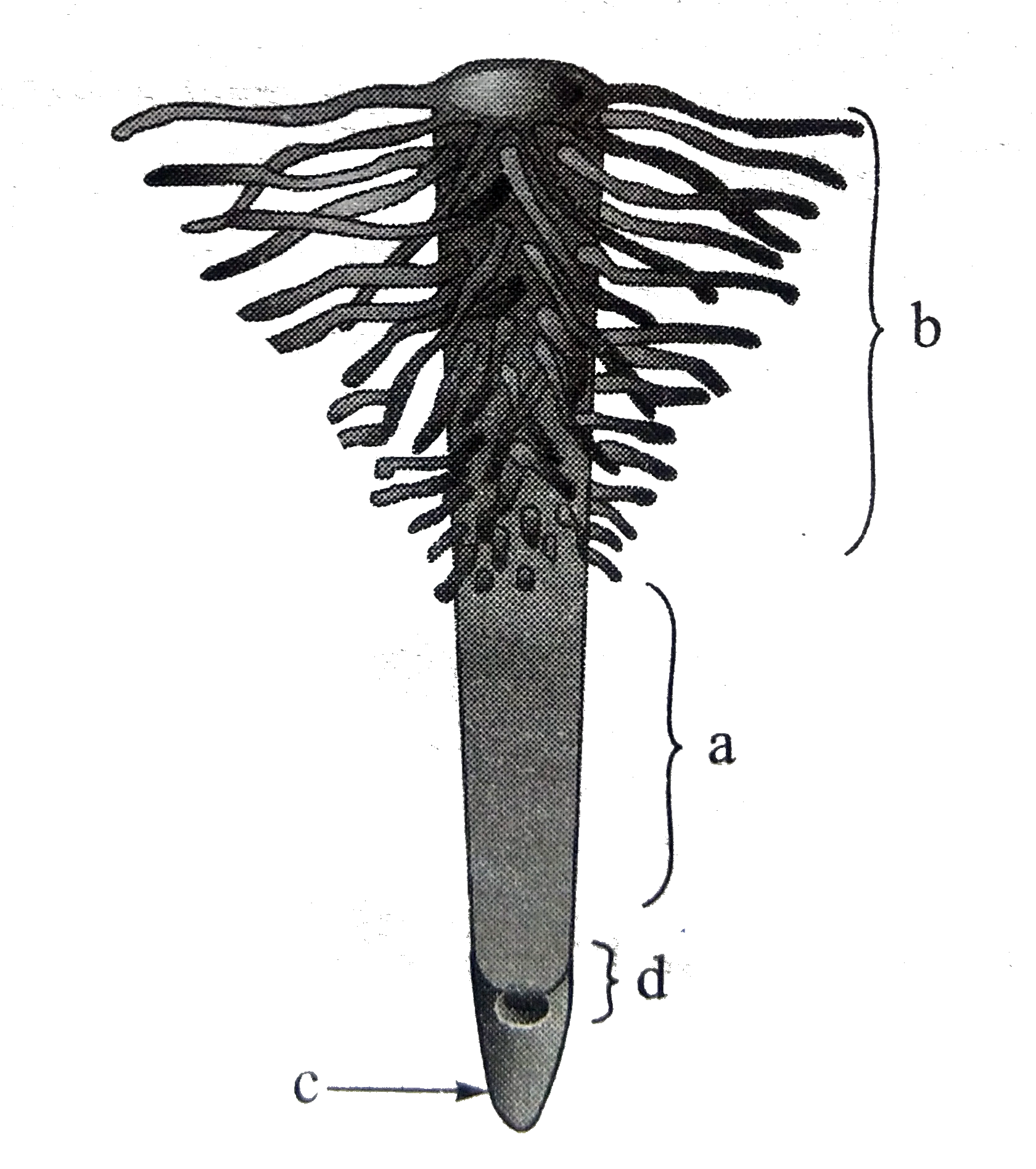The region of meristematic activity is situated few millimeters above root cap. True or false?
The correct Answer is:1
Step by step video, text & image solution for The region of meristematic activity is situated few millimeters above root cap. True or false? by Biology experts to help you in doubts & scoring excellent marks in Class 11 exams.
Similar Questions
Knowledge Check
- Question 1 - Select One
A few millimeters above the root cap is the region of-
AElongationBMaturationCMeristematic activityDRoots hairs - Question 2 - Select One
A few millimeters above the root cap is the region of -
AElongationBMaturationCMeristematic activityDRoot hairs - Question 3 - Select One
The cells of region of meristematic activity of root are
ALarge, thick walled and with dense protoplasmBSmall,thin walled and with little protoplasmCVery small, thin walled and with dense protoplasmDVery large thick walled and with little protoplasm
The incident ray and the refracted ray of light are on the opposite sides of the normal at the point of incidence. The above statement is true and false ?
View SolutionFill in the blanks :
a. K. Esau was born….1…. In 1898
b. K. Esau reported in her early publications that the curly top virus spreads through a plant via the …2… conducting tissue
c. In the root, a few …3… above the root cap is the region of meristematic activity
d. The root ..4... absorb water and minerals from the soil.View SolutionRecognise the different region in the root section

i. Root cap
ii. Region of meristematic activity
iii. Region of elongation
iv. Region of maturationView SolutionThe central region of root apex containing less active cells is known as
View SolutionRead these statements about meristematic tissues. Which amongst them are correct ?
I. Apical meristem is found at the root and shoot apices of the plant.
II. Intercalary meristem is a secondary meristematic tissue.
III. The lateral meristem is found in the matured regions of the root and shoot.
IV. Lateral meristematic tissue contributes in the secondary growth of the plant.View Solution

